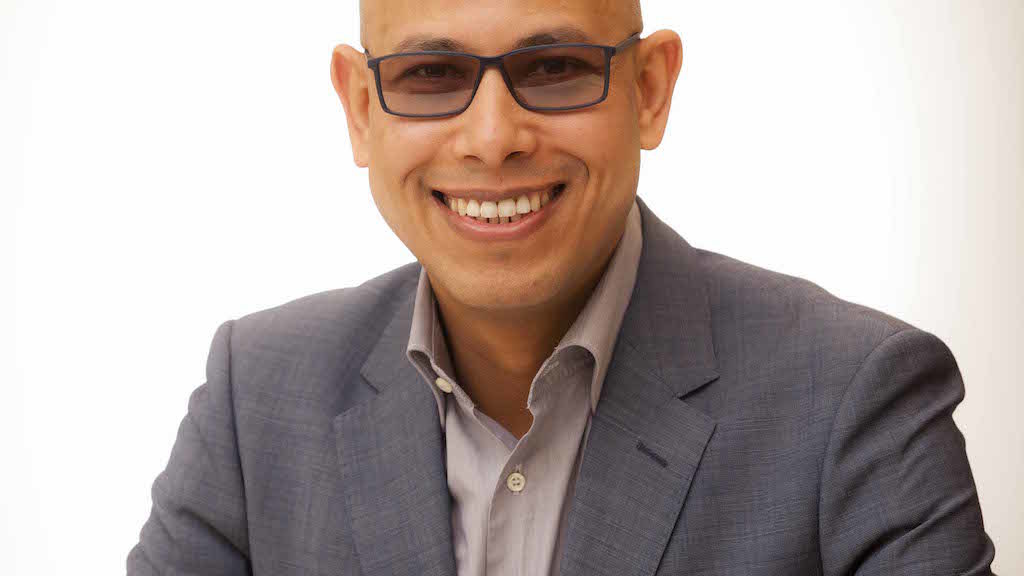Georgetown Scholar Offers a Comparative Acoustic Study About Arabic and Amharic Languages

In his new book titled “Labials in Amharic and Arabic: An Acoustic Study”, Dr. Yehia Abdel Mobdy Mohamed, Assistant Professor of Arabic at Georgetown University in Qatar (GU-Q), presents an empirical comparative study of two close languages – Amharic and Arabic – that belong to the South Semitic languages according to the majority of linguistic classifications.
Acoustic phonetics is a sub-field of phonetics that focuses on studying the physical aspects of speech sounds, including frequency, intensity and duration by using speech analysis tools like sound spectrograph and the oscillograph.
Acoustic studies are currently not limited to linguistics. Empirical acoustic studies and their applications are also highly utilized in many specialties and sciences such as hearing and speech therapy, telecommunications engineering and music programs.
Acoustics are also especially important to linguists who study phonetics and try to provide accurate descriptions of sounds. Traditional phonetics studies which are based on the researcher’s’ capabilities and how sensitive their ears are cannot always be relied on as an accurate reference, especially when conducting studies about a language whose sound system is different from the researchers’ mother tongue.
Commenting on the book and his specialty in applied linguistics and Afro-Asian linguistics and phonetics, Dr. Mohammed said: “Even though Arabic and Amharic enjoy many similarities on all linguistic levels, including the sound system, since they belong to the Southern Semitic language branch, there are also many differences as a result of Amharic being influenced by neighbouring non-Semitic languages. In addition, the book compares Arabic labial consonants to their counterparts in Amharic while focusing through an empirical acoustic study on the types of labials and their relation to vowels.”
For Arabic researchers, the value of this book is not only limited to its results on studying the sound system of the Arabic language; it also provides a better understanding of the multiple features of Arabic in light of its relation to sister Semitic languages.
Dr. Mohamed is an Assistant Professor of Arabic at GU-Q. He holds a PhD in Arabic and Amharic from Cairo University, and he received his BA and MA degrees in Semitic languages from the same university.
In addition to his responsibilities at the Arabic program at GU-Q, Dr. Mohammed worked previously at the Middle East Institute, Johns Hopkins University, University of Maryland, and George Washington University. He participated in many projects at the Center for Applied Linguistics and Multilingual Solutions in Washington, D.C. His expertise includes teaching all levels and contents of Arabic for native, heritage and no-native speakers. He also contributed in preparing assessment tools and developing teaching materials.